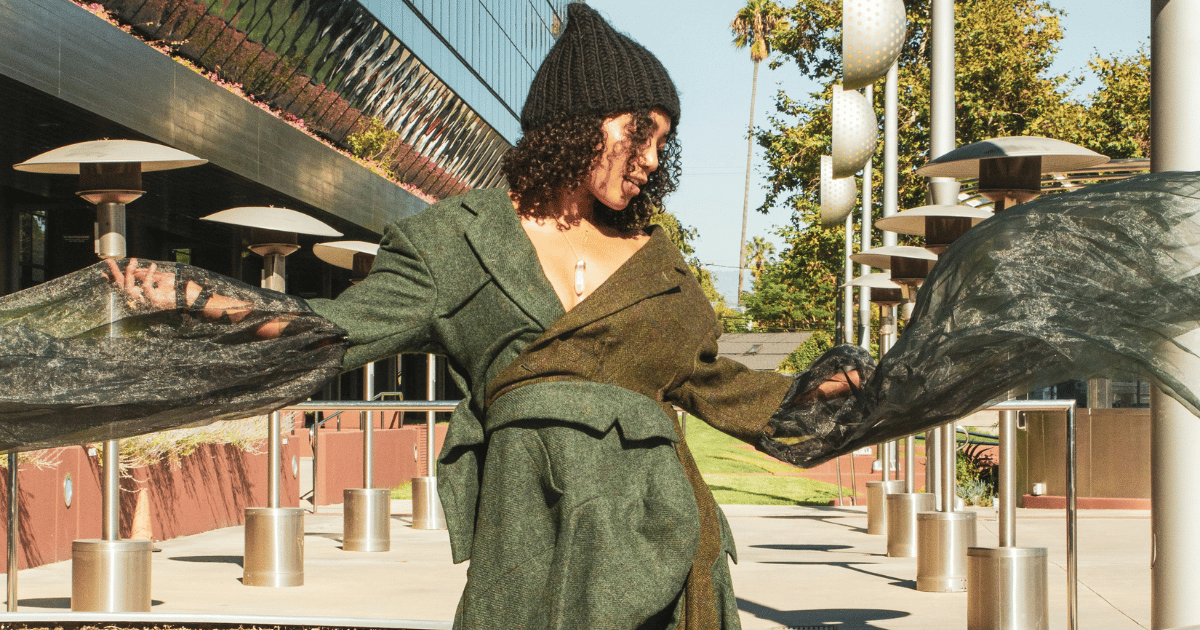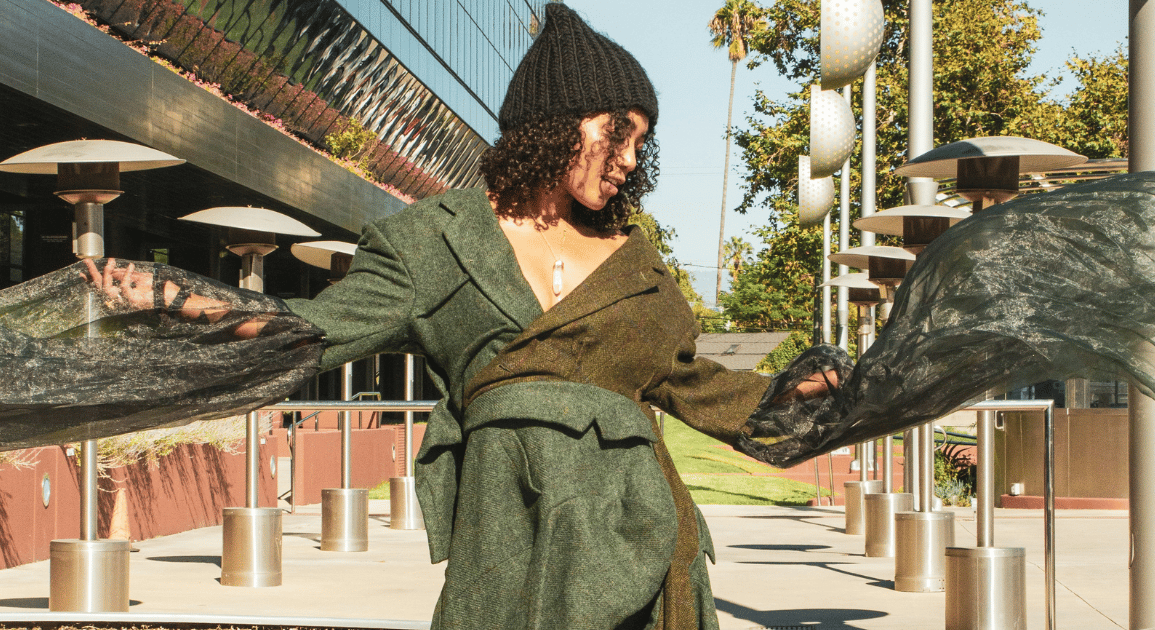
Streetwear has come a long way since its beginnings in the late 1970s, transforming from a niche style to a global fashion powerhouse. It all started in urban environments like Los Angeles and New York City, where skateboarding and hip-hop culture thrived. Streetwear became a way for young people to express their identities, drawing inspiration from their surroundings, music and art.
In the late ’70s and early ’80s, brands like Stüssy and A Bathing Ape (BAPE) emerged, introducing graphic tees and hoodies that celebrated individuality. Stüssy blended surf and street styles, while BAPE, founded by Nigo in Japan, captivated fans with its bold colours and playful designs. These brands tapped into the DIY ethos of punk and the vibrant energy of hip-hop, laying the foundation for what streetwear would become.
The ’90s marked a pivotal moment as streetwear gained wider recognition. Hip-hop artists like Run-D.M.C. and Wu-Tang Clan brought street fashion into the spotlight, sporting brands like Adidas and FUBU in their music videos. This fusion of music and fashion helped elevate streetwear from the underground to mainstream consciousness.
By the early 2000s, brands like Supreme emerged, changing the game with their limited releases and hype-driven marketing. Supreme’s drops created a sense of exclusivity, turning their items into coveted collectibles. The blend of scarcity and demand made streetwear a hot commodity, with people lining up for hours just to snag the latest release.
The 2010s saw streetwear explode into the cultural mainstream, fueled by social media. Influencers and celebrities like Kanye West and Rihanna became key players, showcasing streetwear looks and further blurring the lines between high fashion and everyday wear. Traditional fashion houses, such as Gucci and Balenciaga, began incorporating streetwear elements into their collections, signaling its acceptance in the luxury world.
Today, streetwear continues to evolve, with a growing focus on sustainability and inclusivity. Many brands are committed to ethical practices and diverse representation, appealing to a broader audience while staying true to their roots.
(Written by Anshula Dhulekar)
This post was originally published on this site be sure to check out more of their content.







